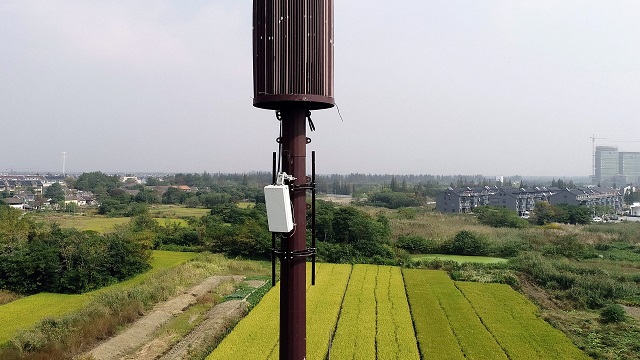Huawei is the undisputed leader in the global RAN market during the third quarter of 2020, despite US-imposed challenges.
 Huawei has 33 percent share in the RAN business worldwide, research firm Omdia said. Huawei market share was greater than one-third of the entire 3Q market, giving the vendor the largest share for the quarter.
Huawei has 33 percent share in the RAN business worldwide, research firm Omdia said. Huawei market share was greater than one-third of the entire 3Q market, giving the vendor the largest share for the quarter.
Ericsson is the #2 RAN supplier with 27 percent share of the RAN market. Ericsson’s market share was about 8 percent points less than Huawei.
Nokia has 17 percent share in the RAN business. Despite bringing in a new team, Finland-based Nokia could not take on Huawei and Ericsson.
ZTE has 15.4 percent share in the RAN market. The difference between Nokia and ZTE was less than two percentage points.
Samsung has 4.3 percent share in the RAN market. Samsung’s main achievements were in South Korea and United States.
Mobile infrastructure market achieved nearly 8 percent revenue growth in the first three months of 2020 over 2019.
5G has been the big story of 2020 with most of that taking place in China. China accounts for 65 percent of all 5G mobile infrastructure spend through first three quarters of 2020.
ZTE had the second largest share in 5G RAN business during the third quarter. Huawei had the largest 5G market share with Ericsson coming in a close third behind ZTE.
Open RAN, which is accounting for less than 1 percent of total market, is set to grow over 250 percent in 2020 versus 2019.
Rakuten of Japan is a big contributor to this growth. US-based Dish Network should start deploying its own Open RAN network in 2021. Omdia forecast Open RAN will account for over 9 percent of the total RAN market.
Daryl Schoolar, practice leader at Omdia, said: “5G has given the base station vendors a good 2020. Year over year revenue growth should be one of the strongest in over half a decade. The stronger the vendor is in China’s 5G RAN market the better its year. It is remarkable that in around two years, even with Covid-19, 5G will overtake LTE in terms of base station investments.”
While currently the Open RAN market represents less than a single percentage point of the entire market, it will grow in importance during the coming years. This can have a significant impact on the makeup of the market.
Vendors who ignore this trend risk loss of market share that can negatively impact them in the later part of the 5G network era and even into the 6G era. Vendors need to decide how to respond. Do they embrace Open RAN or do they fight it by providing operators with compelling reasons to shy away from Open RAN?





